Crazy Picture From History Funny Pictures in History
While many animals rely on other senses — like smell in the case of dogs or hearing in that of bats — humans depend on sight. We build our lives around visual cues, and use them for finding food, mates, and shelter, as well as more complex behaviors such as parental care.
To put it plainly, our brains remember images the easiest. What we see has a deep effect on what we do, what we feel, and who we are. So since they're essential to our learning, let's do just that, shall we?
There's an Instagram account called 'Lost In History' that's full of interesting snippets for our eyes. Dedicated to 20th-century people and culture, it posts pictures that illuminate our past in ways we haven't seen before. Or have simply forgotten about!
More info: Instagram
Before they had injected the last person on the ward, the first woke up. One by one, all of the children awoke from their diabetic comas. A room of death and gloom, became a place of joy and hope.
To learn more about history, pictures, and everything in-between, we contacted James Jefferies, who is a Ph.D. candidate and Assistant Lecturer at the University of Essex and University of Wolverhampton, and recently gave a seminar about the First World War using a still from the BBC documentary The Great War from the 1960s. "I always find images are good to use in seminars as visual stimulants alongside questions for topics," Jefferies told Bored Panda. "The image I used showed what appeared to be a British soldier (a.k.a a 'Tommy') sitting in a trench surrounded by bodies with a look of forlorn disillusionment. I played students a clip of the opening titles in which this image is used and asked my students for their thoughts." "They said how strong it was and that it emphasized the notions of the futility of the First World War. I then showed them that the image was actually an altered composite image that was taken from an original image of Irish troops in July 1916. In the original picture, the soldier is surrounded by smiling comrades and his facial expression now, in its true context, suggests one of curiosity over having his photograph taken rather than forlorn and disillusionment," Jefferies explained. "Now, not only does this raise questions about why the image was altered and how this fits into the public perception of the First World War in the 1960s but it also makes you question yourself when presented with images. You start to think about the context."
The Harlem Hellfighters was a regiment made up of decorated Black soldiers who fought as part of the French army because the U.S. did not allow Black soldiers to fight alongside white soldiers. The French accepted the Harlem Hellfighters with open arms and did not racially segregate them. During World War 1, they fought on the front lines for 191 days, longer than any other American unit. And as a result, suffered the most casualties of any American regiment—losing approximately 1,500 men. Despite the heavy death toll and the poor replacement system, the Harlem Hellfighters never lost a trench or a foot of ground to the enemy; none of them became prisoners of war. Not only were they one of the most successful regiments of World War 1, but they also helped bring Jazz to France. Upon returning home, the Harlem Hellfighters received a welcome parade in New York City; a privilege that was denied to them before they had left for war. However, the celebrations were short lived as the summer of 1919 became known as the Red Summer, in which the country saw some of the worst racial violence since the Civil War. The Harlem Hellfighters who dreamed of returning home to a place that would finally treat them with respect and as equal human beings, quickly realized that nothing had changed at all.
Authorities have long understood the power of visuals too. "I think in politics, whether that be governments, parties and such, most use images to convey a message and also to influence an emotional response with people," Jefferies said. "An example that comes to mind is a poster by the UK Conservative Party from the 1979 election campaign in the UK showing queues of people outside an employment office sign with words above saying 'Labour Isn't Working.' This poster and image struck a huge chord on the back of the period known as the 'winter of discontent' which had seen large numbers of strikes and rising unemployment. The image itself is fabricated but chimed into a feeling of disillusionment over the Labour government's handling of the crisis led by James Callaghan."
Jefferies thinks the poster also played a part in Margaret Thatcher coming to power in 1979 and pointed out it has since been adapted and parodied by satirists and other political parties. "The poster seems to have embedded itself into the collective public memory and it's really fascinating to think about how one simple image can have long-lasting effects and also be used as a representation of that period of history," Jefferies explained. In 2012, during the United States Presidential Election, the Republican Party even used a variation of the poster, with the slogan 'Obama isn't working' instead of 'Labour isn't working.'
After ten days, she found a boat moored near a shelter, and found the boat's fuel tank still partly full. Koepcke poured the gasoline on her wounds, an action which succeeded in removing the maggots from her arm. Out of 93 passengers and crew, Juliane was the only survivor of the Lansa flight 508 crash that took place December 24th, 1971.
In 2006, Professor Anna Pegler-Gordon, already talked about visual media being more accessible to students than the written record. Pegler-Gordon's students were saying that images give concrete shape to a world that sometimes seems intangible and they appreciated the immediacy of the image, which often conveys information quicker than a primary document in an unfamiliar language. However, as valuable as images can be to our learning process, Pegler-Gordon also pointed out that we should be careful about the way we consume them; we should not only pay close attention to an image's production and circulation, but also to the responses of the image's audience, for example. In most cases, this information cannot be learned from the image itself, and supplementary material is needed.
"With anything history-related, and I think this a good practice to have with most things, do check the source!" Jefferies said. "All good and reputable accounts will refer to the catalog number of the archives, museum or such, about where something is taken from. We're in an age of photo editing software which is improving all the time but if a catalog number is provided, you can check the original content."
Hachikō belonged to professor Eizaburo Ueno who lived in Shibuya and taught at Tokyo Imperial University during the early 1920s. Every day, Ueno would walk to Shibuya station with Hachikō and take the train to work. Once he was done for the day, he would take the train back and return to the station at precisely 3 pm. Hachikō would always be there waiting patiently to accompany the professor home. One day, Ueno suffered a stroke and never arrived at the station. Hachikō went to the station every day for 9 years until his death in 1935. A statue of Hachikō is installed outside Tokyo's Shibuya station, in Japan. In 2015, another Hachiko statue got erected at Tokyo university to celebrate the faithful dog's 80th death anniversary. They reunited Hachiko with his master, professor Ueno.
The historian said sources such as the Imperial War Museum, National Archives, Time, etc. are well known and reputable places. "It's always good to get an idea of what is trustworthy, so ask around. Soon, you'll pick up how to look at images and what to look for. I'd definitely say checking its citing saying where it's come from with a catalog number is a good start. Of course, photographs have been manipulated since photography was invented, but experts can usually spot these fakes and this will be accounted for in catalogs. It's all part of the fun of research!"
Jefferies added that sometimes people can be put off by history, thinking it's just memorizing dates and spending an eternity in cold archives. But that's not necessarily the case. "In reality, it's about using a multitude of sources, such as images, to understand that the past is not so far away and that these people felt the same things we did," he explained.
The man was later identified to be August Landmesser who joined the Nazi party in 1931, believing that doing so would help him land a job during a poor economy. However, in 1934, as fate would have it, Landmesser fell in love with a Jewish women named Irma Eckler.
A year later they became engaged but their marriage application was denied by newly enacted Nuremberg laws which prohibited marriages between Jews and non-Jews. This however, did not deter them from having children, and Eckler gave birth to their first daughter, Ingrid, in 1935.
Two years later, Landmesser and his wife and daughter attempted to flee Germany to Denmark but were apprehended by authorities. Landmesser was charged with "dishonoring the race" but was later acquitted due to lack of evidence and was just ordered to end his relationship with Eckler.
However, he refused to abandon his wife and was eventually arrested again in 1938. This time he was sentenced to hard labor for 3-years at a nearby concentration camp. It was the last time he would see his wife and daughter.
Eckler was sent to prison where she gave birth to their second daughter, Irene. From there, she was sent to a concentration camp where she was eventually murdered in 1942.
Landmesser was released from his duties in 1941 and was eventually drafted to fight against the Allies. He was sent on the most dangerous missions due to his "criminal past". He was eventually killed in action in Croatia in 1944.
The two daughters were placed with foster parents and survived the war.
"They fell in and out of love, they laughed, they cried, they had favorite foods, etc. One story I always remember is going to Pompeii at age 17 and seeing graffiti on the wall that dated from Roman times. I asked the tour guide what it said as it was in Latin, and she told me it said something like 'Marcus has a giant penis.' Suddenly realizing the fact that people from almost 2,000 years ago made dick jokes made them seem that much more real." So if you're moved by these pictures, continue digging. Who knows what gems you might uncover!
In this photo, Mary Smith earned six pence a week using a pea shooter to shoot dried peas at the windows of sleeping workers in east london, 1930s. She would not leave a window until she was sure that the workers had woken up.
Though there has never been any proof of homosexual activity between them, JFK would often, even when married, share a bedroom with Billings.
Source: https://www.boredpanda.com/lost-in-history-pics/
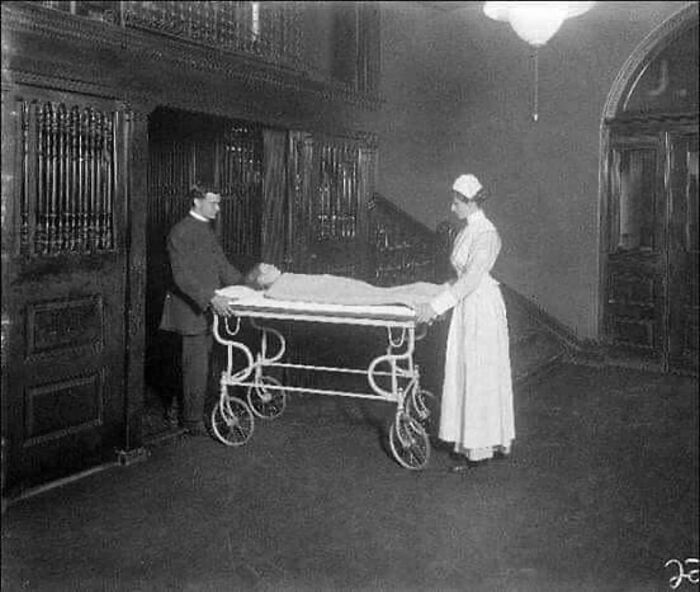
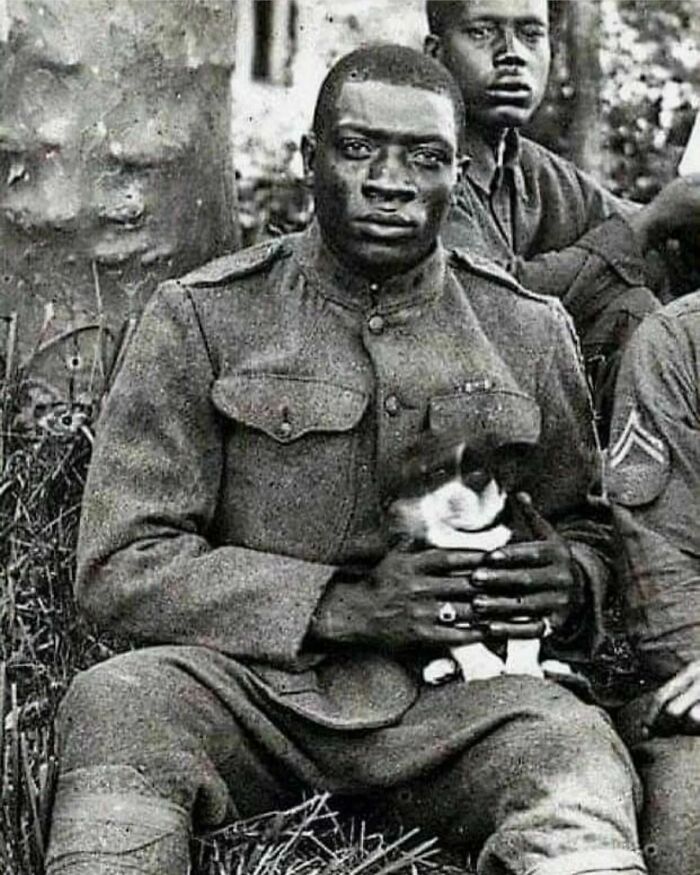
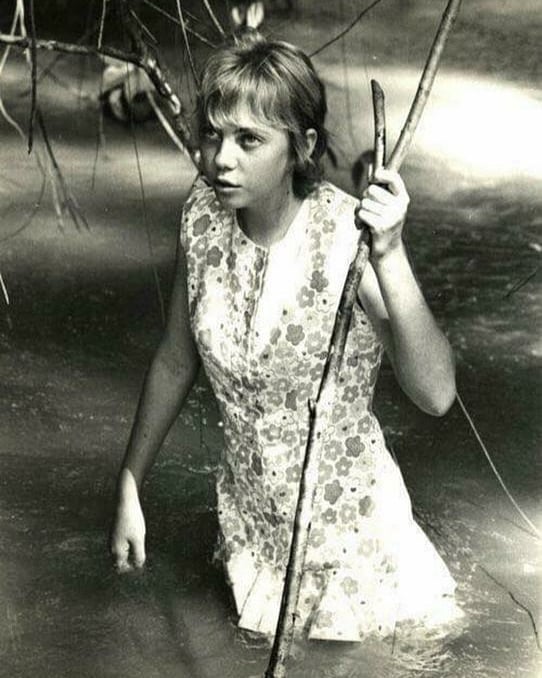
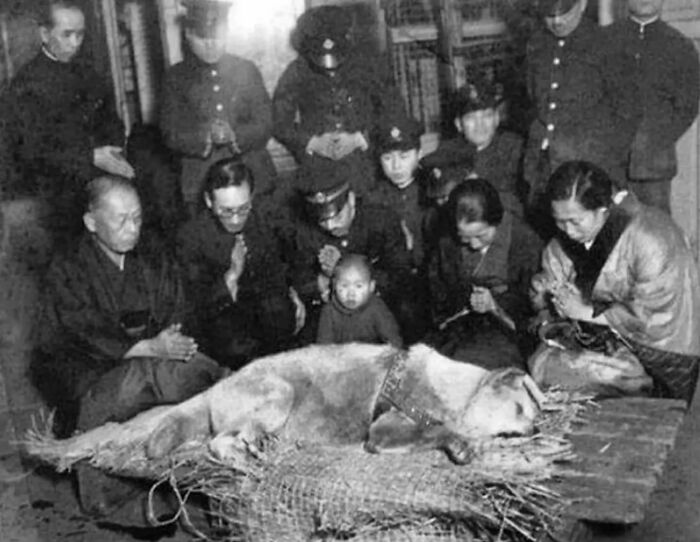
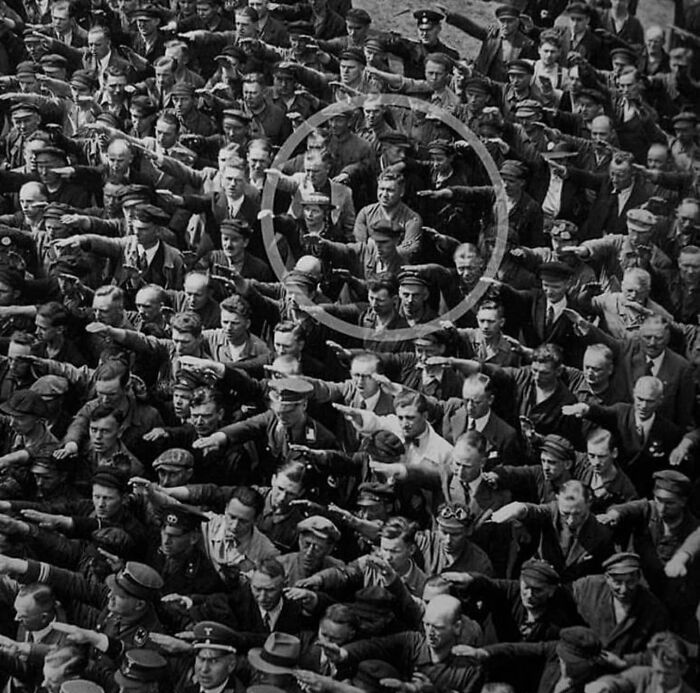
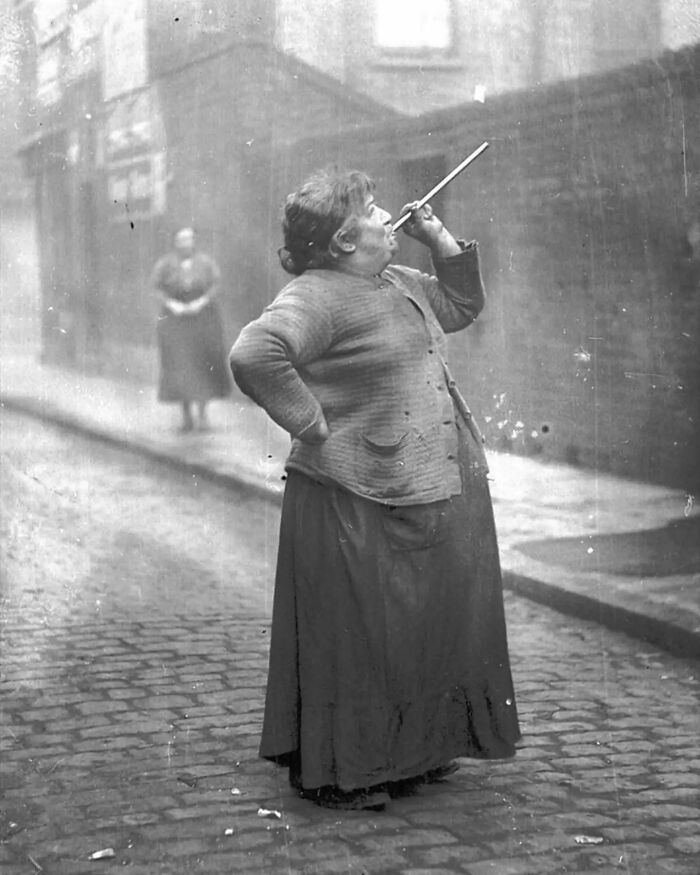
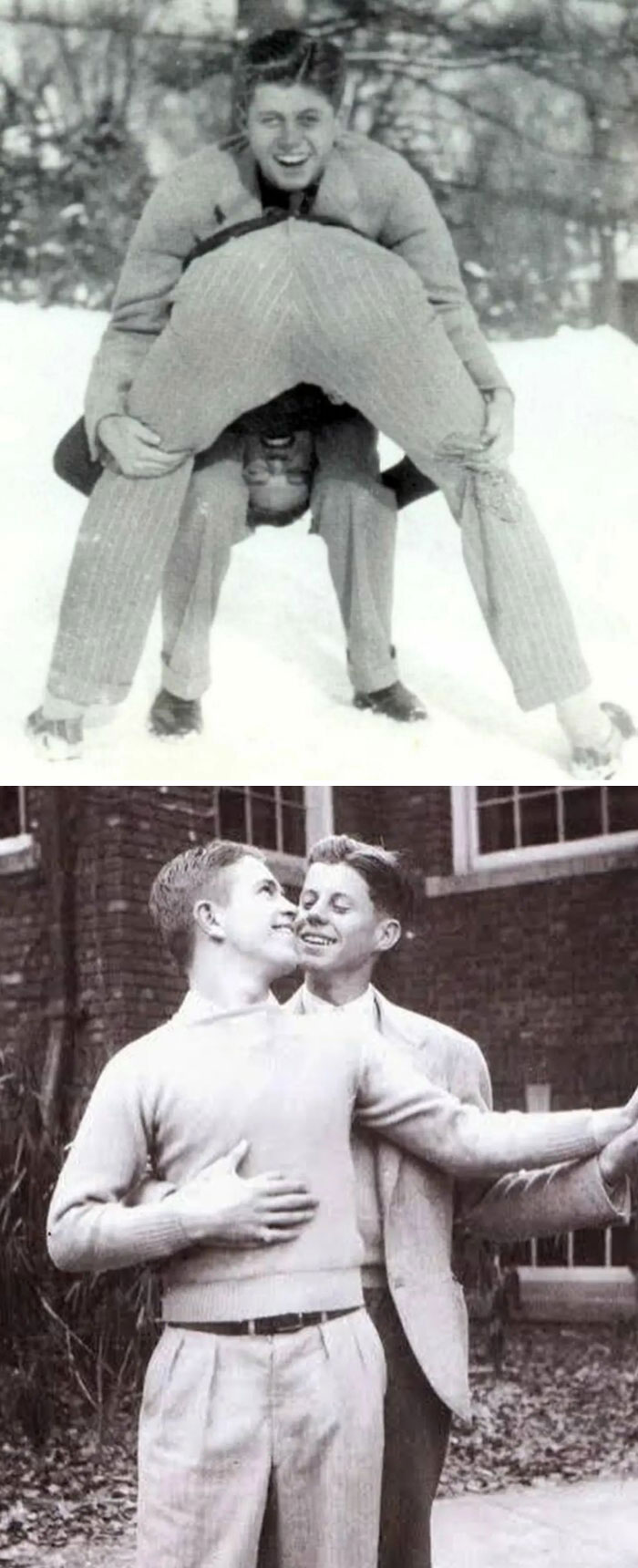
0 Response to "Crazy Picture From History Funny Pictures in History"
Post a Comment